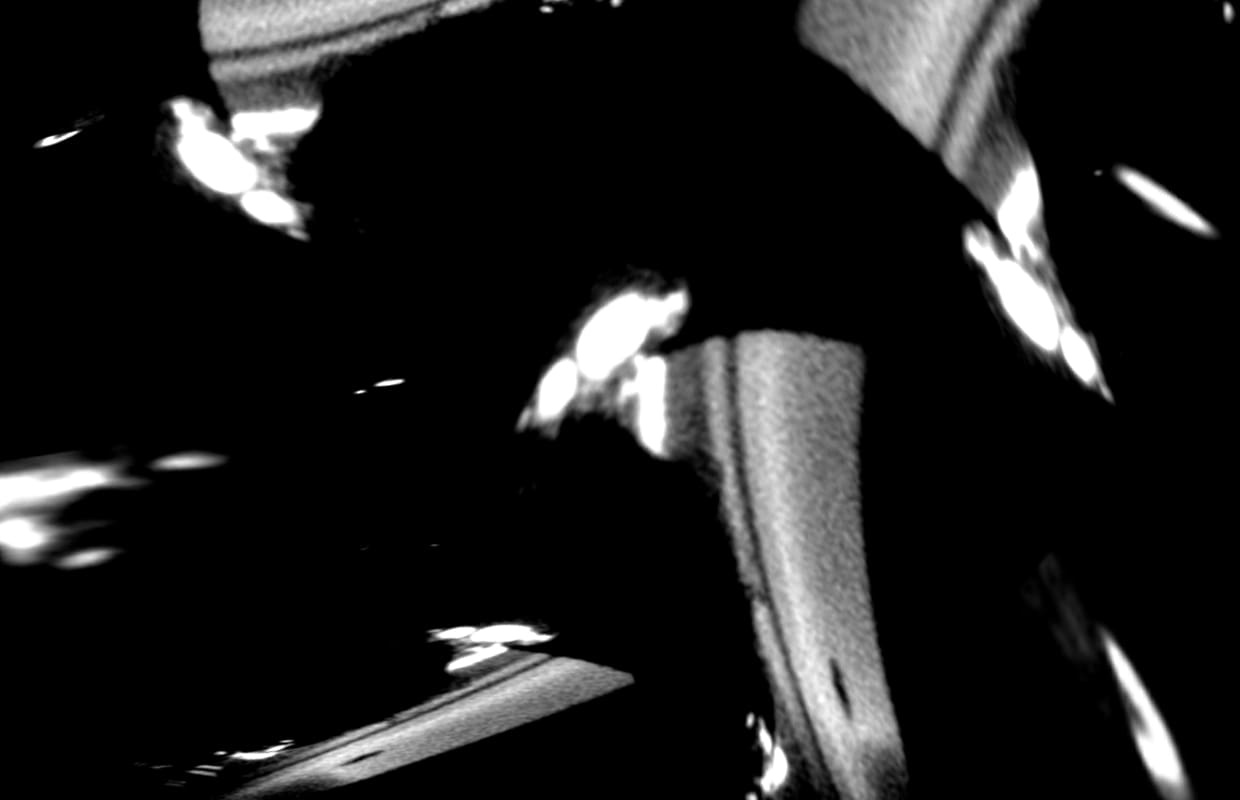This piece was shortlisted for the people’s choice award in AUTOMATED: The 2017 Honi Soit Writing Competition. To vote, head to our Facebook page.
While the rise in automation challenges our notion of the purpose of human existence, it could ultimately free us from tasks that do not utilise unique human gifts, marking the beginning of an evolution in human consciousness. I believe the evolutionary calling of the human is towards further developed consciousness, a deep capacity to love, and a complex understanding of our place within a greater universe. Automation should not be considered in terms of the split between traditional and novel model of ‘work’, because human purpose will always exist outside these notions. Instead, we should evaluate it with regard to the influence it may have on this future of humanity.
Automation in childbirth has the potential to effect detrimental changes to our ability to love and form human bonds on a hormonal level, and therefore obscures our natural pursuit of peace. And while increasing automation has drastically reduced infant and maternal mortality, recent research alerts us to the possibility that we are now doing more harm than good.
We need to rethink our approach to birth in order to facilitate the natural processes at play.
Physiologically, labour and birth have remained unchanged throughout human history. Driven in all mammals by the endocrine system, normal labour is almost entirely controlled by our oldest brain structures. In fact, it is inhibited by activity in the neocortex (the most recently evolved part of our brain).
With this in mind, the way childbirth is conducted has seen such radical change that we could be mistaken into thinking that it is more difficult today. Everyone’s great grandma seems to have been born in a field. And this is likely not as exaggerated as we’d think. The figures seem to suggest the same: we’ve seen increased caesarian rates (now at 40% globally) more birth interventions, and a rate of only 9% in Australia of mothers having a vaginal birth with no intervention, pain relief or episiotomy. Most striking is the prevalence of synthetic oxytocin – the most common birth intervention globally, with direct effects on maternal behaviour, infant attachment and stress reactivity.
Labour begins and progresses because of oxytocin, released by the hypothalamus to receptors at important sites. Oxytocin release is pushed up by melatonin, which is released in the dark. (Also why most women go into labour at night!) The woman in birth produces endorphins, endogenous opiates. There are many reports of the naturally laboring woman being in a trance-like state, and producing delta (the slow, sleep) waves. She appears detached. She adopts unusual, primal postures. And she makes sounds that appear to suggest an evolutionary regression – which is true, for these behaviours indicate that her neocortical activity has been dimmed! It shows that birth is being driven by the oldest brain structures and its protective mechanisms. Interestingly, her natural opiates are suppressed if adrenaline increases. Adrenaline goes up with anxiety, feeling observed or feeling unsafe – does the modern birthing environment not scream all of these things?
It seems we are hindering natural birth from the very beginning, and effecting suboptimal outcomes far beyond the short term.
Oxytocin does not only push birth along. Higher natural oxytocin at birth has been linked with reduced postpartum depression, a better ability to breastfeed, and more positive maternal behaviours. It is essential for love and attachment during the mammalian lifespan. But! Synthetic oxytocin not only inhibits the release of our natural oxytocin, but it does not cross into the brain. So it drives contractions forward but has none of these behavioural effects. It is not a love hormone! The use of synthetic oxytocin has been linked in recent studies to increased risk of postpartum depression, reduced optimal maternal behaviours in non-human primates, and in prairie voles, a high dose of synthetic oxytocin after birth inhibited pair bonding later in life. In one Swedish study, women given synthetic oxytocin were three times less likely to initiate breastfeeding in the first four hours.
Its use also increased the chance that other birth interventions would be required, including pain relief! Caesarean is one of these interventions. And while it is an extraordinary procedure, it also has suboptimal effects on the newborn when compared to natural birth.
With knowledge comes a responsibility to protect the future of our planet, and our species – which in this age means protecting what is uniquely human. We know that the laboring woman, in the majority of cases, is an evolutionarily perfected automaton. We must protect and facilitate this process in order to best serve the short and long-term interests of the mother and child – and therefore our movement towards a consciously evolved, peaceful humanity. I’m hopeful for the birth of a new approach.





